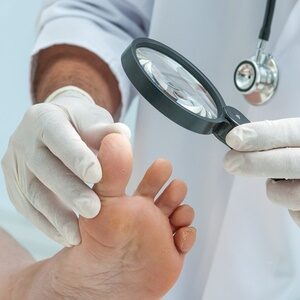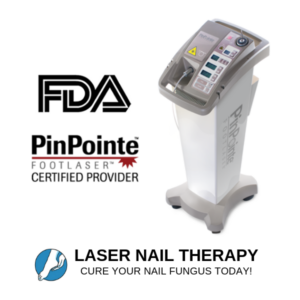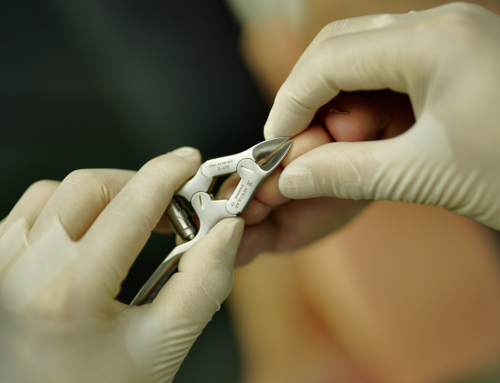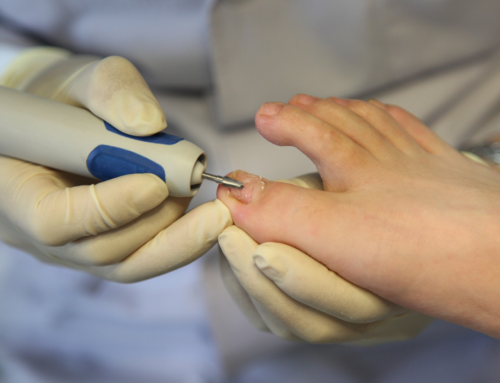There are 4 classic types of nail fungus. Nail fungus, also known as Onychomycosis, is usually caused by dermatophytes. It is a type of fungus that causes athlete’s foot, jock itch, and ringworm. When the nail is infected, it can be deformed and discolored. Nail fungus is a general term for this infection, but they can all look different. There are different degrees of severity, and there are different types of fungal nail infections. The names of different types are named after the area where the infection starts.
Types of Fungal Nail Infection:
- Distal Subungual Onychomycosis (DSO): The most common form of nail fungus. It is usually caused by a fungus called T. Rubrum, which also causes athlete’s foot. T. Rubrum infects the nail bed and underneath the nail plate, which changes the nail color to yellow/white. As the infection becomes worse, the nail gets more brittle and separated from the nail bed.
- White Superficial Onychomycosis (WSO): The second most common form of fungal nail infection. As a result, it is caused by a fungal infection of the nail at the superficial layer. In the early stages, you will see white spots on your nails. As the symptom develops, the white chalky powder will start covering the whole nail. Since it is often misdiagnosed as keratin granulations, which is not caused by a fungus, a laboratory test should be performed for the diagnosis.
- Proximal subungual onychomycosis (PSO): The least common form of fungal nail infection, but it is found most commonly among people who has an impaired immune system, such as patients with HIV. It is the fungal infection of the newly formed nail plate. As a result, the infection causes nail discoloration and separation of the nail from the nail bed.
- Candidal onychomycosis: Candida is a yeast that causes fungal nail infections. It is more common in fingernails than toenails, especially among those who often immerse their hands in water. People usually get this type of infection when they have trauma or injury on their nails. Unlike other types of onychomycosis, it may be painful. There are 4 classic types of nail fungus.

Laser Treatment for Nail Fungus
As you can see, tips for healthy feet without nail fungus can be easy to find. Furthermore, if you have caught nail fungus, it can be easily treated using the FDA-approved PinPointe laser. It typically only takes on treatment. Other treatments, like topical solutions and oral medication, are not as effective. Topical solutions have a very low cure rate. This is because the solution does not penetrate all the way through the nail bed. This is because it can lead to liver toxicity. You would need to have consistent blood tests throughout the course of taking the medication.
Our nail doctor in Forest Hills, NY, recommends this treatment for toenail fungus. The PinPointe Laser treatment has the highest cure rate in the market. It has no side effects and no recovery period. As a result, you can go about your daily activities right after the treatment. Also, there’s no pain. If you have any signs of nail fungus, call us at (800) 672-0625at our Forest Hills, NY location. Visit our website for more information on our doctors at one of our over 150 locations.





